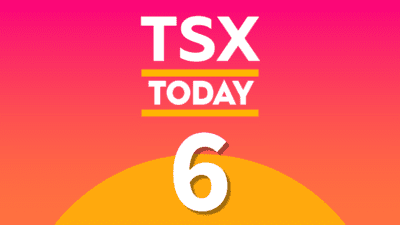The broader stock market started 2022 with tremendous weakness. With many market strategists lowering the bar on their S&P 500 price targets for the year, it seems as though 2022 may be the first year that markets are hit with losses rather than gains. Indeed, the stock market does not go up every year, and 2022 is shaping up to be a year where passive investors may have to settle for lacklustre results, at least compared to prior years.
Between Fed rate hikes, COVID, and the Ukraine-Russia war, the odds of a recession are creeping higher, according to various pundits on Wall Street. Despite all the negatives, the odds that we fall into recession over the next year are still less than half. Though the U.S. yield curve inversion is ominous, it’s not 100% accurate, nor does it gauge the severity of an economic downturn on the horizon.
Too many headwinds could drag markets to a negative return in 2022, but that doesn’t mean you have to settle for less
The Fed is focused on a soft landing, and I think it’ll land one, as it hikes rates with what I think will close a careful watch of the stock market. Nobody knows when the so-called “Fed put” will kick in this time around once the going gets tough, but I think investors are only prudent to prepare their portfolios for more turbulence. Though investors have now had a chance to prepare for rate hikes, one had better prepare for even more choppiness and perhaps some panic once they actually happen.
However, with so much damage to markets already put in, I wouldn’t make such a big deal of the situation. Instead, I’d focus on stock-picking your way to prosperity, even in a tough year. Remember, great investors invest through good times and bad!
Just because the S&P 500 or TSX is positioned to finish the year in the negatives doesn’t mean you can’t make money. If you’re picky and insist on wide margins of safety, there are ways you can finish a rough year ahead. With such risk-off sentiment in the market, though, you can’t chase unrealistic returns like those enjoyed over the past two years.
With covered-call ETFs, you can improve your odds, even in a down year for the broader TSX. At this juncture, BMO Covered Call Utilities ETF (TSX:ZWU) seems like solid risk-off play right now.
BMO Covered Call Utilities ETF
The ZWU takes the concept of a basket of utility stocks to another level. With the addition of “covered calls,” investors are essentially getting a nice income jolt at the cost of upside potential in the holdings owned within the ZWU. Covered calls are a great way to add to your income without adding to the number of risks you’ll take on. Of course, if utility stocks blast off, you’d have been better off in a run-of-the-mill, non-covered-call utility ETF.
Given how stretched valuations are across some of the risk-off names and the possibility that 2022 will be a down year for markets, I’d argue that BMO’s line of covered-call ETFs has never looked more intriguing. Currently, the ZWU’s yield stands at an enticing 7%.
In late-cycle markets, incorporating covered calls can help your portfolio better deal with volatility. With the inverted yield curve in the books, I’d argue that covered-call ETFs are now more than worth the slightly higher MERs than their plain-vanilla counterparts. The higher yield and lower correlation to stocks are major pluses for those looking to cruise through a year that may hear the bear roar.
The bottom line
Utility stocks, on their own, are defensive. With covered calls written against them, you’re taking defence to the next level. In an era where bonds continue to be unrewarding, I’d argue that covered calls are a magnificent way to invest cautiously, as volatility and inflation act as a one-two punch to the gut of investors.








